When it comes to hookah smoking, not all charcoal is created equal. The quality of your session largely depends on the type of charcoal you use. Among the various options available, slow-burning coconut charcoal for hookah stands out as the top choice for enthusiasts and professionals alike.
But what exactly makes coconut charcoal burn slowly and consistently? What scientific principles are at play, and why does this matter for your smoking experience? In this article, we delve into the chemistry and physics behind slow-burning coconut charcoal briquettes to help you make a more informed decision.
1. What Is Coconut Charcoal and How Is It Made?
Coconut charcoal briquettes are made from the carbonized shells of coconuts, a renewable and sustainable by-product of the coconut industry. The process involves:
- Collection of coconut shells
- Carbonization at high temperatures in a controlled environment
- Grinding into a fine powder
- Mixing with natural binders like tapioca starch
- Compression into uniform shapes (usually cubes or flats)
- Drying in traditional ovens or industrial kilns
This process results in dense, hard briquettes with low moisture and high carbon content—two critical factors for a slow burn.
2. High Carbon Content = Slower, Cleaner Burn
The carbon content of a charcoal briquette directly affects its burn rate. Premium coconut charcoal contains up to 85-90% fixed carbon, compared to 60-70% in typical wood-based charcoal. High fixed carbon means:
- Less volatile material to ignite quickly
- Longer ignition time, but a longer burn duration
- Stable heat release over time
Higher carbon content also leads to cleaner combustion, producing minimal ash and smoke, which is ideal for preserving shisha flavor.
3. Low Moisture Content Helps Maintain Burn Efficiency
Moisture is the enemy of efficiency when it comes to hookah charcoal. Premium coconut charcoal briquettes have a moisture content of less than 5%, which helps:
- Ignite more easily once heated
- Maintain steady combustion
- Avoid crackling or splitting during use
Moist charcoal takes longer to light and tends to produce steam and inconsistent heat, negatively impacting the hookah session.
4. Density and Compression: The Key to Longevity
The compression force used during manufacturing significantly impacts the density of the briquettes. Highly compressed charcoal:
- Burns slower because oxygen penetration is reduced
- Holds shape longer under heat
- Provides consistent heat without crumbling
This is one of the reasons why machine-pressed coconut briquettes from reputable factories like PT Gunawan Putra Persada (UICHARCOAL) last significantly longer than hand-pressed or irregular charcoal types.
5. Shape and Surface Area Influence Burn Rate
Shape matters more than you might think. Charcoal with greater surface area burns faster because more of it is exposed to oxygen. That’s why uniform cube shapes (e.g., 26mm or 22mm) are often preferred for slow, steady burns.
Common Shapes:
- Cubes: Offer slow, even burn
- Flats: Heat up quickly, but burn faster
- Hexagonal rods: Often used for BBQ, burn longer but hotter
Selecting the right shape depends on your smoking style, but for long, flavor-rich sessions, slow-burning cubes are usually best.
6. Airflow and Oxygen Control
Burning charcoal needs oxygen. However, too much airflow can lead to rapid burning, while too little can cause the charcoal to extinguish. The ideal coconut briquette has a structure that:
- Allows just enough air to sustain a flame
- Minimizes rapid oxidation
- Burns evenly without flaring
Proper hookah setup, including good airflow in your bowl and heat management device, complements the briquette’s design for optimal burn performance.
7. Ash Content and Burn Cleanliness
The less ash a charcoal produces, the longer and cleaner it burns. Premium coconut charcoal typically produces only 2-2.5% ash, compared to over 5% in many other coals.
Benefits of low ash:
- Less frequent cleaning during sessions
- Easier heat management
- Improved airflow through the hookah bowl
Cleaner combustion also reduces the chance of ash mixing with shisha, preserving flavor purity.
8. Ignition Time: A Tradeoff for Longevity
One of the few drawbacks of slow-burning charcoal is the longer ignition time. Premium coconut briquettes can take 5-8 minutes to fully light using a coil burner or hot plate.
But Why It’s Worth It:
- No chemical accelerants = no harmful fumes
- Safer, healthier smoking experience
- Once lit, they maintain heat for up to 90 minutes or more
Quick-light charcoal may be convenient but sacrifices health and flavor in the process.
9. Why Slow-Burning Matters for Hookah
So why does all this matter for your hookah experience? Here’s how slow-burning coconut charcoal enhances it:
- Longer sessions without needing to replace coals
- Stable heat ensures shisha doesn’t burn too fast
- Better flavor retention and smoother smoke
- Cost-effective: fewer briquettes per session
For lounges and regular users, the savings and performance benefits quickly outweigh the slightly higher upfront cost.
10. Trusted by Professionals Worldwide
Leading hookah lounges, distributors, and brands across over 10+ countries trust UICHARCOAL coconut briquettes for their consistent slow burn and exceptional quality. Our briquettes are:
- 100% natural and chemical-free
- Sustainably sourced and manufactured
- Rigorously tested for performance and safety
With thousands of satisfied customers, our commitment to quality and innovation in slow-burning coconut charcoal is unmatched.
Final Thoughts
Understanding the science behind slow-burning coconut charcoal for hookah empowers you to choose better, smoke better, and enjoy longer, more satisfying sessions. From high carbon content and low moisture to controlled airflow and precise shapes, every element is designed for performance.
If you’re looking for a cleaner, longer-lasting hookah experience, switching to premium coconut charcoal is the smartest move you can make.
